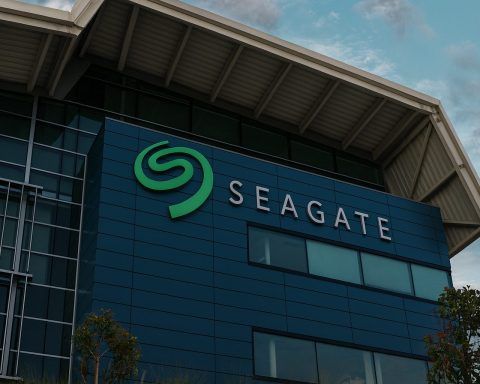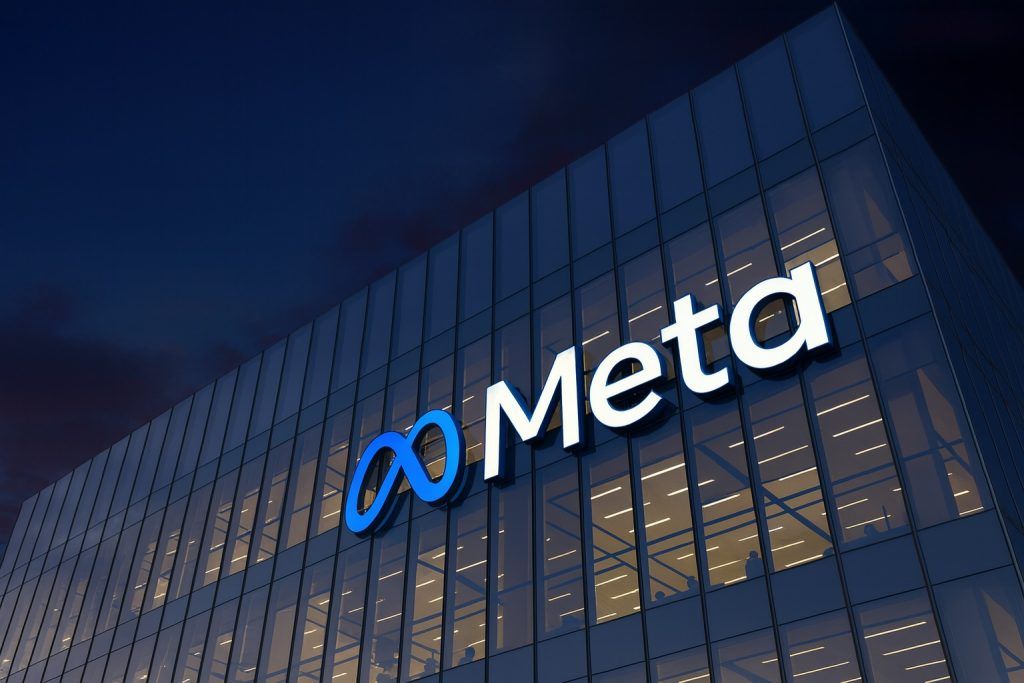- Blowout Q3: Berkshire’s operating profit jumped ~34% YoY to about $13.5 billion [1], handily beating forecasts. Insurance underwriting swung positive, and many subsidiaries (railroads, manufacturing, etc.) posted strong results. Net income (including investment gains) hit ~$30.8 billion [2], aided by ~$17.3 billion of stock market gains. (Buffett himself cautions not to focus on GAAP net swings – he calls them “useless” for judging the business [3].)
- Record Cash Pile, No Buybacks: By Sept 30 Berkshire’s cash war chest was a whopping ~$381.7 billion [4] [5], an all-time high. Buffett again bought no Berkshire stock in Q3 (the 5th straight quarter without buybacks [6]) and even sold shares – roughly $6.1 billion net sold in the quarter [7]. As Reuters notes, Berkshire has been a net seller of stocks for 12 straight quarters [8], reflecting Buffett’s view that “stocks are expensive” [9] [10]. Edward Jones analyst Jim Shanahan quips that there’s “no opportunity in Buffett’s eyes right now” [11] – hence all the cash.
- Shares Lag Broader Market: Berkshire’s stock has meaningfully lagged the S&P 500 in 2025. Class A shares (BRK.A) closed around $715,740 on Nov 1 [12], and Class B (BRK.B) about $477 (late Oct) [13]. That’s roughly flat year-to-date (about +5–9% so far) versus the S&P 500’s ~+15% gain [14]. Since Buffett announced his retirement plan in May, the stock has fallen ~12% and trails the S&P by ~32 percentage points [15] [16]. In short, shareholders have been “casting their nets elsewhere,” as one manager put it [17].
- Buffett Succession: Warren Buffett (95) will step down as CEO at year-end after 55 years [18] [19]. Vice‑Chair Greg Abel (63) – long a top operating executive – will take the helm, with Buffett staying on as chairman [20] [21]. This leadership handoff has sparked speculation: Berkshire has never paid a dividend, but some pundits now ask if Abel might initiate one under pressure [22] [23]. (Analysts note Abel is a more hands‑on manager than Buffett [24] [25], but his overall strategy remains to deploy capital only where it boosts per‑share value [26].)
- Analyst Forecasts: Wall Street generally sees room to run. One UBS analyst maintains a 12‑month price target of $593 for BRK.B (≈24% above today) [27]. TipRanks shows two analysts averaging a $536 target (+12%) with a range $479–$593 [28]. The consensus is essentially “Moderate Buy/Strong Buy” [29] [30]. In other words, many forecasters think Berkshire is undervalued given its $1 trillion+ conglomerate (Apple, AmEx, railroads, utilities, etc.) and massive cash reserves. By contrast, a few cautious voices note soft revenue growth and suggest upside may be limited without a catalyst [31] [32].
Q3 2025 Results: Profit Surge, but Modest Revenue.
Berkshire’s latest earnings report (released Nov 1) was largely positive. Operating earnings – Buffett’s preferred measure (excluding stock-market swings) – jumped to $13.49 billion in Q3, a +34% gain from year-ago [33] [34]. This beat expectations and was fueled by a rebound in insurance underwriting (weather losses were low) and favorable currency movements. For example, fewer hurricane losses helped primary insurance profits recover. BNSF railroad profits also rose (~6%), and manufacturing/retail businesses did well. On the other hand, utilities (Berkshire Energy) saw profit decline ~9% [35] and GEICO’s pretax profit dipped (~13% drop) as it spent more on customer acquisition [36] [37]. Importantly, total revenue grew only ~2% [38] [39] – slower than the U.S. economy – reflecting weaker end-demand in some subsidiaries (Clayton Homes, Duracell batteries, apparel, toys, etc. saw flat or lower sales [40]).
Including investment results, Berkshire reported $30.8 billion of net income for Q3 [41] [42], up +17%. However, much of that was due to a $17.3 billion gain from equity holdings [43]. Buffett repeatedly cautions investors not to put weight on these GAAP swings – in fact, he calls quarterly net income “useless” for evaluating performance [44] [45]. (Those gains came partly from Tesla and other stocks; notably, Berkshire still owns big stakes in Apple and American Express [46].) The key takeaway: Berkshire’s core businesses are healthy (profit up), but top-line growth is sluggish. As CFRA’s Cathy Seifert observes, “Berkshire… isn’t even keeping up” with the broader economy [47], so finding short-term catalysts will be tough.
Cash, Buybacks and Strategy.
The biggest story may be Buffett’s massive cash pile. Berkshire ended Q3 with about $381.7 billion in cash and Treasury instruments [48] [49] – a record level. This is nearly triple the cash it had just a few years ago. Buffett says he would rather sit on cash than overpay for deals or buy his stock at high prices. Indeed, the company did not repurchase a single share in Q3 [50], and continues its 3‑year streak of net selling. In Q3 alone, Berkshire sold about $6.1 billion of stock while buying ~$6.4 billion [51], resulting in a net $12.5B sell order [52] (putting it as net sellers for the 12th straight quarter [53]). As Berkshire put it, market volatility made high-quality purchases scarce. Jim Shanahan of Edward Jones bluntly summarizes Buffett’s stance: “There isn’t much opportunity in Buffett’s eyes right now” [54].
This hoard of cash (now ~38% of Berkshire’s market value) means the company has firepower – but no clear use. One plan: on Oct 2 Berkshire signed a deal to buy Occidental Petroleum’s OxyChem chemical unit for $9.7 billion [55] [56], the largest acquisition since 2022. That will use only a fraction of the cash. Otherwise, Buffett has said he sees few bargains. Some investors argue he is being too cautious; others agree it’s better than wasting capital. As Tom Russo (a longtime Berkshire investor) puts it, Berkshire “isn’t going to deploy capital that won’t increase intrinsic value” [57] – a philosophy shareholders largely trust (Russo calls Berkshire “extremely well-positioned” for the long term [58]).
Stock Performance & Market Context.
The market’s reaction to these developments has been muted-to-negative. Berkshire’s stock price has essentially tread water. BRK.A stands about even on the year (mid-high $700K range) and BRK.B in the mid-$400s, down from summer peaks. As noted, the shares trail the S&P 500’s gains. Since Buffett announced his retirement timetable on May 3, BRK has fallen roughly 12%, versus S&P 500’s ~+20% over that span [59] [60] (i.e. a 32‑point underperformance [61]). In plain terms, investors have been selling out of Berkshire amid uncertainty and better alternatives. “Impatient investors feel an urgent need for Berkshire to deploy its cash, and have been casting their nets elsewhere,” one manager observes [62].
On the plus side, the cash reserve and strong earnings cushion the stock against economic swings. Many analysts still rate it a buy at these levels. For example, StockAnalysis.com reports BRK.B closed at ~$477.5 on Oct 31, 2025 [63], and one UBS analyst maintains a $593 price target (~24% upside) [64]. TipRanks shows 2 analysts averaging $536 (≈+12%) [65], ranging $479–$593 (high/low). Few wall‑street firms cover BRK (TipRanks counts only 2), but their consensus is “Strong Buy” [66] [67]. On the other hand, some commentators warn that with growth tepid and a transition looming, the stock may need a fresh catalyst to re-rate (hence Seifert’s “no catalyst” warning [68]).
Buffett Out, Abel In – What’s Next?
The narrative heading into Monday: Buffett’s clock is ticking and Greg Abel will be CEO on Jan 1 [69] [70]. Abel, who runs Berkshire’s non‑insurance businesses, is highly regarded for operational skill. The big question is how Abel will deploy Berkshire’s cash. Will he pursue bold acquisitions or finally reward shareholders? (One idea floated is a first-ever dividend [71] [72], though Buffett was famously against dividends.) Some analysts think any major change could lift the stock. Others caution that even under Abel, Berkshire will remain selective. As Shanahan notes, “you’re eventually going to be right” about valuations if you wait, but you “can be wrong for a long time” being too cautious [73].
Bottom line for investors on Nov 3: Berkshire is strong but not cheap in today’s market. Its business results are solid (Q3 beat) and its balance sheet is rock-solid. But the company is in holding pattern – sitting on $381B cash and not returning capital. If you believe in Buffett’s long-term approach (and Abel’s execution), BRK might be an attractive buy on dips. On the other hand, impatient money may stay away until we see new uses for that cash. Most analysts’ price targets (low- to mid-$500s for BRK.B [74]) imply modest upside. As one commentator puts it, Berkshire “isn’t going to deploy capital that won’t increase intrinsic value” [75], so investors will have to wait for Abel’s moves for the next leg up.
Sources: Latest financial filings and news reports (Reuters, tech-stock media, etc.) on Berkshire’s Q3 2025 results and strategy [76] [77] [78] [79] [80] [81] [82]. Quotes and analysis from analysts are as cited.
References
1. www.businesstimes.com.sg, 2. ts2.tech, 3. ts2.tech, 4. www.businesstimes.com.sg, 5. www.reuters.com, 6. www.reuters.com, 7. www.businesstimes.com.sg, 8. www.reuters.com, 9. www.reuters.com, 10. ts2.tech, 11. www.businesstimes.com.sg, 12. www.tradingview.com, 13. stockanalysis.com, 14. ts2.tech, 15. ts2.tech, 16. www.reuters.com, 17. www.reuters.com, 18. ts2.tech, 19. www.reuters.com, 20. ts2.tech, 21. www.reuters.com, 22. ts2.tech, 23. www.reuters.com, 24. ts2.tech, 25. www.reuters.com, 26. www.reuters.com, 27. stockanalysis.com, 28. www.tipranks.com, 29. www.tipranks.com, 30. stockanalysis.com, 31. www.reuters.com, 32. www.reuters.com, 33. www.businesstimes.com.sg, 34. www.reuters.com, 35. ts2.tech, 36. www.businesstimes.com.sg, 37. www.reuters.com, 38. www.businesstimes.com.sg, 39. www.reuters.com, 40. www.reuters.com, 41. ts2.tech, 42. www.reuters.com, 43. ts2.tech, 44. ts2.tech, 45. www.reuters.com, 46. www.reuters.com, 47. www.reuters.com, 48. www.businesstimes.com.sg, 49. www.reuters.com, 50. www.reuters.com, 51. www.businessinsider.com, 52. www.businessinsider.com, 53. www.reuters.com, 54. www.businesstimes.com.sg, 55. ts2.tech, 56. www.reuters.com, 57. www.reuters.com, 58. www.reuters.com, 59. ts2.tech, 60. www.reuters.com, 61. www.reuters.com, 62. www.reuters.com, 63. stockanalysis.com, 64. stockanalysis.com, 65. www.tipranks.com, 66. stockanalysis.com, 67. www.tipranks.com, 68. www.reuters.com, 69. ts2.tech, 70. www.reuters.com, 71. ts2.tech, 72. www.reuters.com, 73. www.reuters.com, 74. www.tipranks.com, 75. www.reuters.com, 76. www.businesstimes.com.sg, 77. www.reuters.com, 78. ts2.tech, 79. ts2.tech, 80. www.reuters.com, 81. stockanalysis.com, 82. www.tipranks.com







